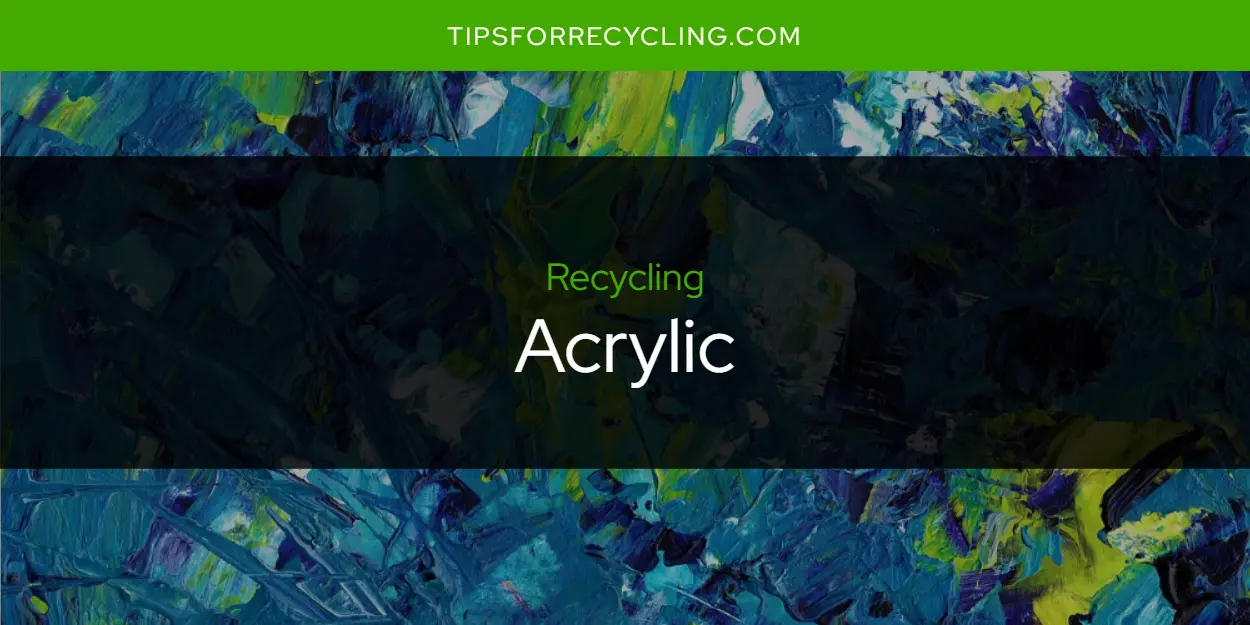Is Acrylic Recyclable?

Acrylic is a durable synthetic material that can be recycled or reused in various forms. It’s often used in window glazing, signage, furniture, and artworks. But is it recyclable? Let’s take a look at the process and benefits of recycling acrylic materials.
See the below map for locations where you can recycle acrylic.
Yes, recycling acrylic can be profitable depending on the type and amount of material being recycled. The process involves breaking down the acrylic into a reusable form that can then be reformed into new products or sold as raw materials to manufacturers. This allows for savings in cost and energy as well as conservation of our natural resources.
Similarly, see if you can recycle fabric.
Acrylic is a clear, lightweight plastic made from a polymer called polymethyl methacrylate (PMMA). It's popular because it's easy to shape, readily available, and relatively inexpensive compared to other plastics. Plus it's shatter-resistant and highly durable so it can withstand outdoor conditions well.
Similarly, see if you can recycle climacell.
There are two main methods for recycling acrylic materials – mechanical recycling and chemical recycling. Mechanical recycling involves grinding down the material into small particles using special industrial machines before melting them together with other types of plastic at high temperatures. Chemical recycling uses specific chemicals to separate out the component parts of the acrylic so they can be reused in new products or sold as raw materials to manufacturers.
Similarly, see if you can recycle silicon.
By recycling acrylic materials we can reduce waste while helping to conserve our natural resources. Additionally, we’re able to save money by avoiding buying expensive new materials for projects such as signage or displays which require large amounts of plastic.
Similarly, see if you can recycle crocs.
Since acrylic is not biodegradable and its production involves hazardous chemicals and solvents, some safety hazards should be considered when handling recycled materials such as toxic fumes and particles in the air or dust on surfaces which could cause skin irritation or other health issues if not properly managed by wearing protective clothing or respirators when working with them in enclosed areas with poor ventilation.
Similarly, see if you can recycle silicone.
Q: Does melting acrylic release toxic fumes?
A: Yes, melting acrylic releases toxic fumes so it's important to work in well-ventilated areas when handling this material